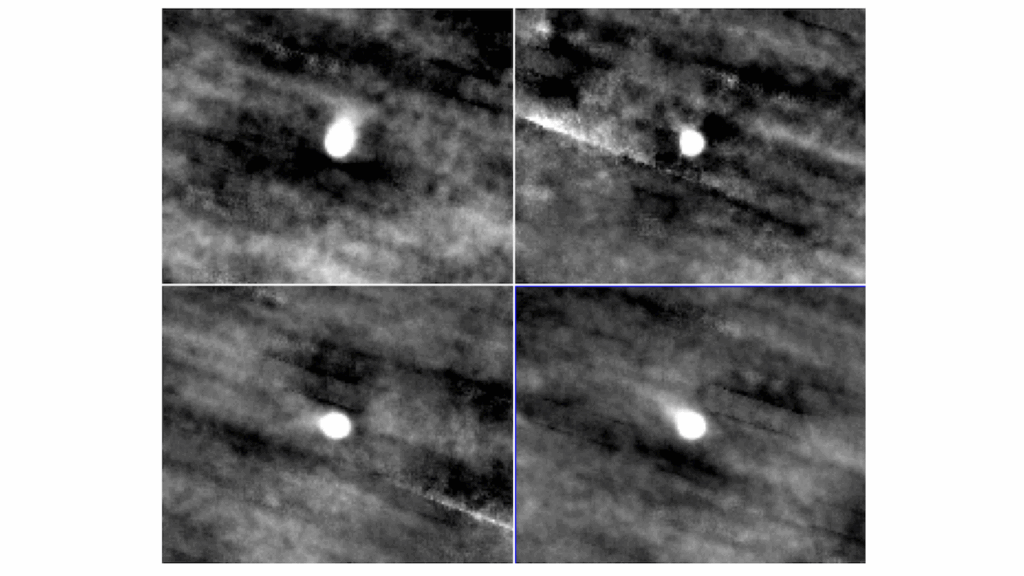Dimer Molecules Aid Study of Exoplanet Pressure, Hunt for Life

Astronomers at the University of Washington have developed a new method of gauging the atmospheric pressure of exoplanets, or worlds beyond the solar system, by looking for a certain type of molecule.
And if there is life out in space, scientists may one day use this same technique to detect its biosignature — the telltale chemical signs of its presence — in the atmosphere of an alien world.
Understanding atmospheric pressure is key to knowing if conditions at the surface of a terrestrial, or rocky, exoplanet might allow liquid water, thus giving life a chance.
The method, devised by Amit Misra, a UW astronomy doctoral student, and co-authors, involves computer simulations of the chemistry of Earth’s own atmosphere that isolate what are called “dimer molecules” — pairs of molecules that tend to form at high pressures and densities in a planet’s atmosphere. There are many types of dimer molecules but this research focused only on those of oxygen.
Misra is first author of the paper was published in the February issue of the journal Astrobiology.
The researchers ran simulations testing the spectrum of light in various wavelengths. Dimer molecules absorb light in a distinctive pattern, and the rate at which they form is sensitive to the pressure, or density, in the planet’s atmosphere.
“So the idea is that if we were able to do this for another planet, we could look for this characteristic pattern of absorption from dimer molecules to identify them,” Misra said. The presence of such molecules, he said, likely means the planet has at least one-quarter to one-third the pressure of Earth’s atmosphere.
Powerful telescopes soon to come online, such as the James Webb Space Telescope, scheduled for launch in 2018, may enable astronomers to use this method on distant exoplanets. With such enhanced tools, Misra said, astronomers might detect dimer molecules in actual exoplanet atmospheres, leading to a clear understanding of the planet’s atmosphere.
This research may also play a part in the greatest astronomical quest of all — the ongoing search for life in the cosmos.
That’s because the team realized along the way that oxygen dimer molecules are often more detectable in an atmosphere than other markers of oxygen. That’s important from a biological standpoint, Misra said.
“It’s tied to photosynthesis, and we have pretty good evidence that it’s hard to get a lot of oxygen in an atmosphere unless you have algae or plants that are producing it at a regular rate.
“So if we find a good target planet, and you could detect these dimer molecules — which might be possible within the next 10 to 15 years — that would not only tell you something about pressure, but actually tell you that there’s life on that planet.”
Misra’s UW co-author is Victoria Meadows, professor of astronomy; other co-authors are Mark Claire of Scotland’s University of St. Andrews and Dave Crisp of NASA’s Jet Propulsion Laboratory in Pasadena, Calif.
The research was performed through the UW-based Virtual Planetary Laboratory and funded by NASA (Grant NNH05ZDA001C), as well as a grant from Advancing Science in America, Seattle chapter.
###
For more information, contact Misra at 440-554-6514 or [email protected].








